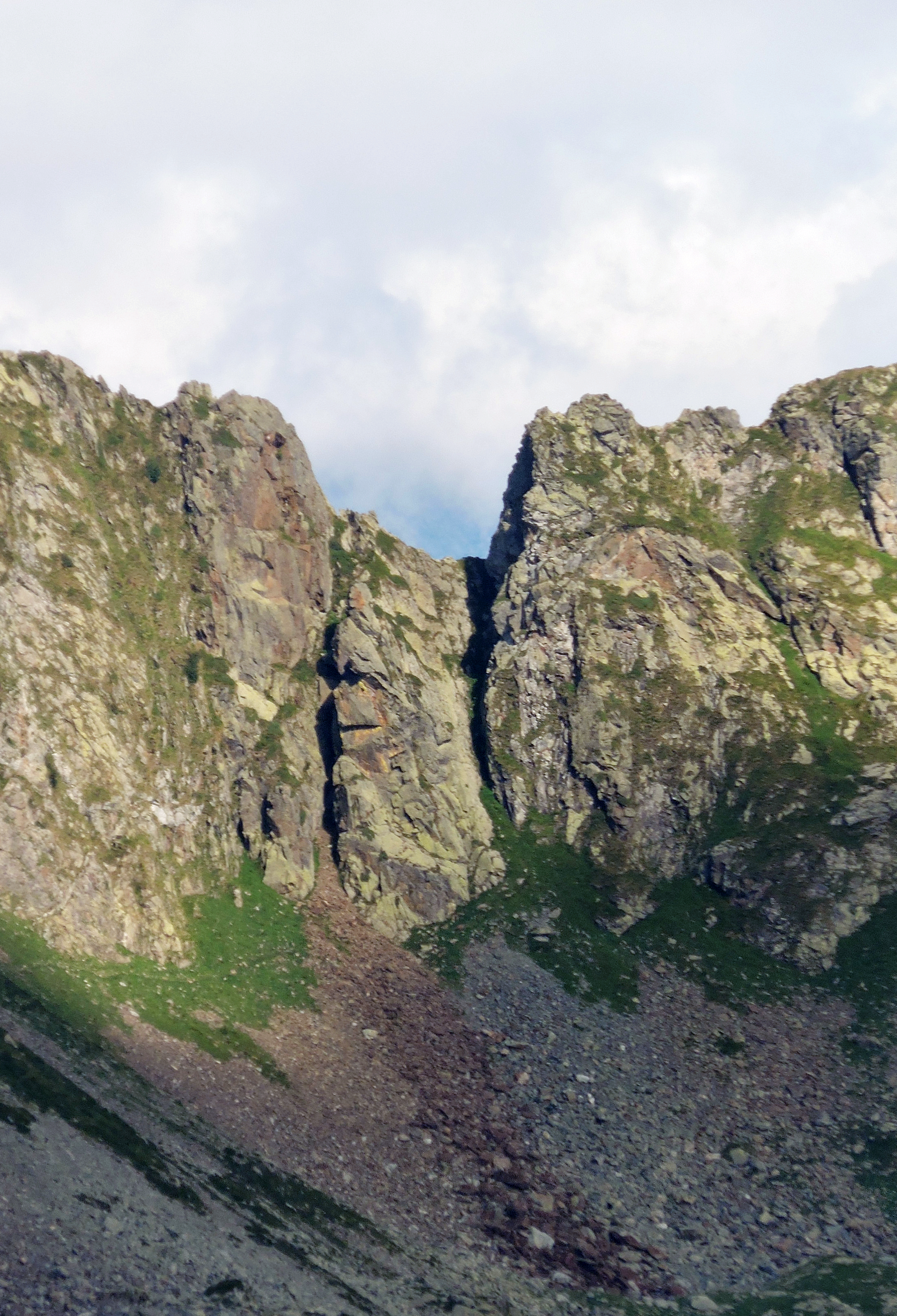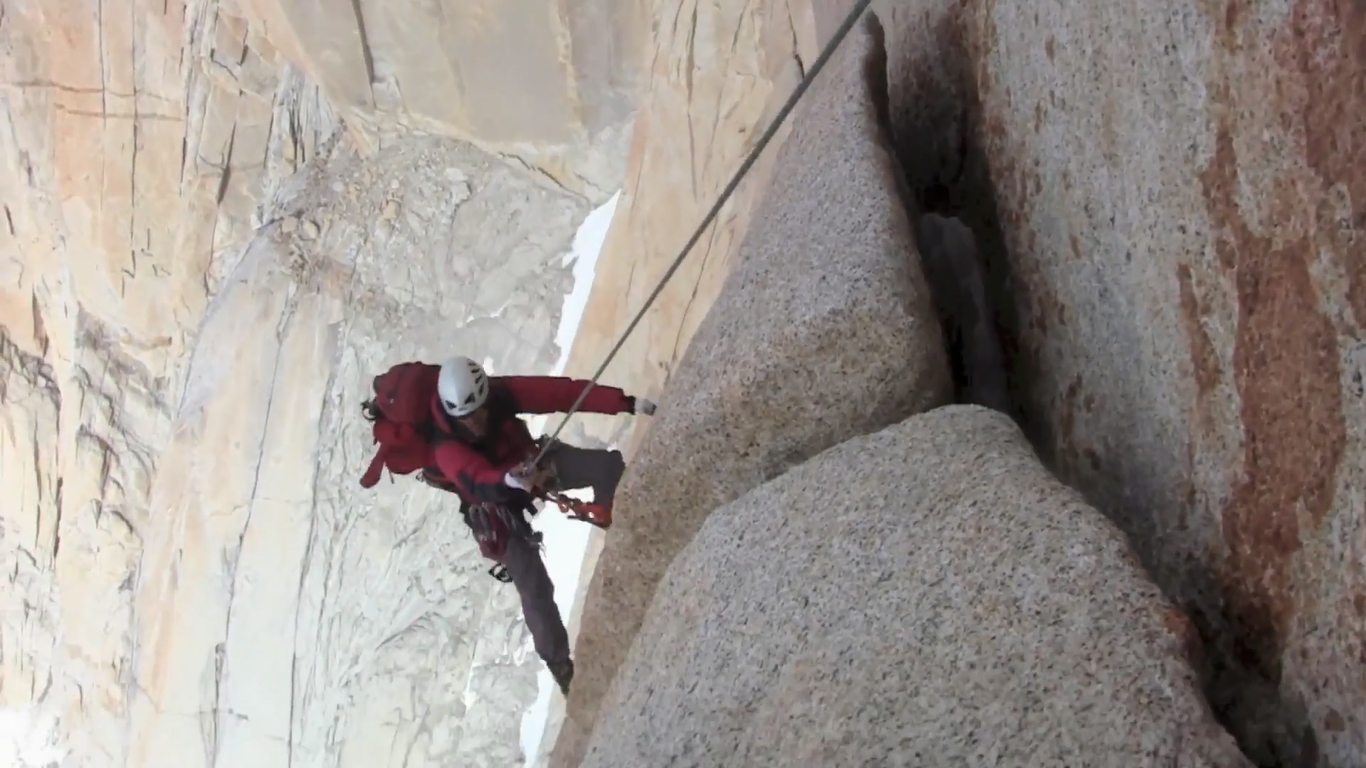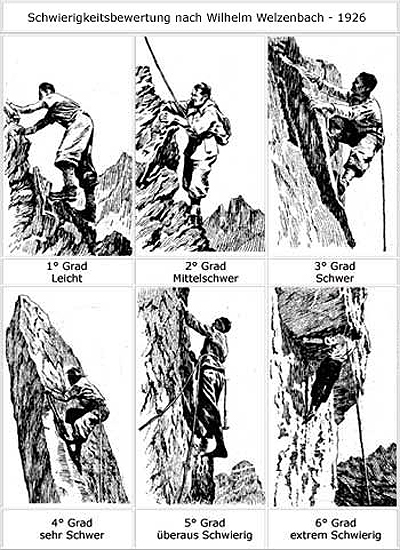|
Altemberg
The Altemberg is a mountain in the Pennine Alps of north-western Italy; with an elevation of is the highest peak of the Alpi Cusiane. Toponymy The name of the mountain is connected to the Walser German, a language spoken by people who settled into the upper valley of the Strona and Sesia centuries ago. In German ''Alten'' means ''old'' while ''Berg'' means ''hill'' or ''mountain'', so the English meaning of the name could be ''old mountain'' (''vecchia montagna'' in Italian). Geography The Altemberg is located on the water divide between Strona and Sesia valleys, South of the ''Bocchetta Stretta'' pass, which divides it from the neighbouring Cima Lago. Towards SE the ridge goes on with a saddle named ''Bocchetta delle Vacche'' and the Cima del Pizzo (2,233 m). Administratively the mountain belongs to both the comunes of Rimella (West of the summit) and Valstrona.''Carta Tecnica Regionale'' raster 1:10.000 (vers.3.0), Regione Piemonte, year 2007 On its summit stands a meta ... [...More Info...] [...Related Items...] OR: [Wikipedia] [Google] [Baidu] |
Alpi Cusiane
The Alpi Cusiane (or ''Prealpi Cusiane'') are a sub-range of the Pennine Alps located in Piemonte (Italy). Etymology ''Alpi Cusiane'' literally means ''Alps of Cusio''; ''Cusio'' is the geographical and historical area surrounding Lake of Orta, nowadays part of the province of Verbano-Cusio-Ossola. Geography Administratively the westernmost part of the range belongs to the province of Vercelli, the southern part to province of Novara and the eastern and central ones to province of Verbano-Cusio-Ossola. Borders Borders of the Alpi Cusiane are (clockwise): * Varallo Sesia, Mastallone creek, Tesslu pass, Strona creek, Gravellona Toce (north), * Lago Maggiore (east), * Po plain between Arona and Gattinara (south), * Valsesia from Gattinara to Varallo Sesia (west). SOIUSA classification According to SOIUSA (''International Standardized Mountain Subdivision of the Alps'') the mountain range is an Alpine supergroup classified in the following way: * main part = Western Alp ... [...More Info...] [...Related Items...] OR: [Wikipedia] [Google] [Baidu] |
Monte Capio
The Monte Capio is a mountain in the Pennine Alps of north-western Italy; with an elevation of is one of the highest peaks of the Alpi Cusiane. Geography The mountain is located on the water divide between the valleys of the Strona and the Mastallone (the latter a side valley of Valsesia). The main ridge goes on southwards with ''Passo dei Rossi'' (2,056 m), a mountain pass dividing Monte Capio from the neighbouring Cima dei Rossi (2,134 m), while northwards the chain continues with ''Bocchetta di Rimella'' (1,924 m) and then with the Altemberg. Administratively the summit of Monte Capio is the tripoint where the borders of the comunes of Rimella (province of Vercelli, VC), Cravagliana (province of Vercelli, VC) and Valstrona (province of Verbano-Cusio-Ossola, VB) meet. Close to the main elevation of the mountain stands a subsummit with a small summit cross, cross and a metal bell. A sharp saddle connecting it with the actual summit is equipped with a metal cable ... [...More Info...] [...Related Items...] OR: [Wikipedia] [Google] [Baidu] |
Climbing
Climbing is the activity of using one's hands, feet, or any other part of the body to ascend a steep topographical object that can range from the world's tallest mountains (e.g. the eight thousanders), to small boulders. Climbing is done for locomotion, sporting recreation, and for competition, and is also done in trades that rely on ascension; such as emergency rescue and military operations. Climbing is done indoors and outdoors and on natural (e.g. rock and ice) and artificial surfaces. Professional mountain guides or rock climbing guides (e.g. the UIAGM), were a significant element in developing the popularity of the sport in the natural environment, and remain so today. Since the 1980s, the development of competition climbing and the availability of artificial climbing walls have dramatically increased the popularity of rock climbing as a sport and led to the emergence of professional rock climbers, such as Wolfgang Güllich, Chris Sharma, Lynn Hill and C ... [...More Info...] [...Related Items...] OR: [Wikipedia] [Google] [Baidu] |
Valsesia
Valsesia ( pms, Valsesia; Walser German: ''Tseschrutol''; it, Valle della Sesia) is a group of valleys in the north-east of Piedmont in the Province of Vercelli, Italy Italy ( it, Italia ), officially the Italian Republic, ) or the Republic of Italy, is a country in Southern Europe. It is located in the middle of the Mediterranean Sea, and its territory largely coincides with the homonymous geographical ...; the principal valley is that of the river Sesia. The major towns located here are Varallo Sesia, Borgosesia and Serravalle Sesia; tourist villages include Alagna Valsesia, Rima San Giuseppe, Carcoforo and Scopello. While the valley mainly belongs to the province of Vercelli three of its ''comune, comuni'', namely Romagnano Sesia, Prato Sesia and Grignasco, are part of the province of Novara. Business There are some industries in the lower towns of Varallo, Borgosesia, Quarona and Serravalle. These are mainly the textile industry and precision engineering compan ... [...More Info...] [...Related Items...] OR: [Wikipedia] [Google] [Baidu] |
SOIUSA Code
SOIUSA code is the code used in the International Standardized Mountain Subdivision of the Alps (ISMSA or SOIUSA), a proposal by Italian Alpinist, Sergio Marazzi, to re- categorize the mountains and mountain ranges of the Alps. The proposal has been aired since 2005 but has yet to receive official recognition. SOIUSA groups' hierarchy SOIUSA divides the Alps in two main regions, the Western Alps and Eastern Alps. These two main regions are further divided in: *5 major sectors (SR); *36 sections (SZ); *132 subsections (STS); *333 supergroups (SPG); *870 groups (GR); *1625 subgroups (STG). Using this system, any Alpine mountain can be given a code which shows which region, sector, section, subsection, supergroup, group and subgroup it belongs to. Encoding SOIUSA code is built in the following way: * 2 main parts: ** Western Alps are identified by roman numeral I; ** Eastern Alps are identified by roman numeral II; * 5 major sectors: ** in Western Alps: *** South-western Alp ... [...More Info...] [...Related Items...] OR: [Wikipedia] [Google] [Baidu] |
Western Alps
The Western Alps are the western part of the Alpine Range including the southeastern part of France (e.g. Savoie), the whole of Monaco, the northwestern part of Italy (i.e. Piedmont and the Aosta Valley) and the southwestern part of Switzerland (e.g. Valais). In the southeast the range is bounded by the Italian Padan Plain. In the west, the valley of the Rhone river separates it from the Massif Central. The northernmost part of the Western Alps - in the wide meaning of the term - is formed by the Swiss Prealps Sub-Range. The peaks and mountain passes are higher compared to the Eastern Alps, while the range itself is not so broad and more arched. ''Partizione delle Alpi'' In the ''Partizione delle Alpi'' (in English literally ''Partition of the Alps''), adopted by the Italian ''Comitato Geografico Nazionale '' (National Geographic Committee) in 1926 following the IX ''Congresso Geografico Italiano'' (Italian Geographic Congress), the Alpine Range is divided into three ma ... [...More Info...] [...Related Items...] OR: [Wikipedia] [Google] [Baidu] |
Cima Lago
Cima may refer to: Acronyms *The Center for International Media Assistance, a media development organization in Washington, DC *Centre International de la Mécanique d'Art (International centre for Art Mechanics), a museum in Switzerland *Channel Industries Mutual Aid, a Houston emergency response organization *Chartered Institute of Management Accountants (formed 1919) *Costruzione Italiana Macchine Attrezzi (Italian Machine Tool Company), the gear and transmission manufacturing subsidiary of *Cyprus Institute of Marketing (established 1978) *Chenille International Manufacturers Association People *Cima da Conegliano (about 1459 – 1517), Italian renaissance painter *Cima (wrestler) (born 1977), ring name of Japanese professional wrestler Nobuhiko Oshima Locations *Estádio Ítalo del Cima (inaugurated 1960), football stadium in Campo Grande neighborhood, Rio de Janeiro, Brazil *Fajã de Cima, parish in the district of Ponta Delgada in the Azores *Ilhéu de Cima, islet in the C ... [...More Info...] [...Related Items...] OR: [Wikipedia] [Google] [Baidu] |
Grade (climbing)
In rock climbing, mountaineering, and other climbing disciplines, climbers give a grade to a climbing route or boulder problem, intended to describe concisely the difficulty and danger of climbing it. Different types of climbing (such as sport climbing, bouldering or ice climbing) each have their own grading systems, and many nationalities developed their own, distinctive grading systems. There are a number of factors that contribute to the difficulty of a climb, including the technical difficulty of the moves, the strength, stamina and level of commitment required, and the difficulty of protecting the climber. Different grading systems consider these factors in different ways, so no two grading systems have an exact one-to-one correspondence. Climbing grades are inherently subjective.Reynolds Sagar, Heather, 2007, ''Climbing your best: training to maximize your performance'', Stackpole Books, UK, 9. They may be the opinion of one or a few climbers, often the first ascensi ... [...More Info...] [...Related Items...] OR: [Wikipedia] [Google] [Baidu] |
Summit Cross
A summit cross (german: Gipfelkreuz) is a cross on the summit of a mountain or hill that marks the top. Often there will be a summit register (''Gipfelbuch'') at the cross, either in a container or at least a weatherproof case. Various other forms of marking or symbol such as cairns, prayer flags or ovoos may be found around the world on passes and hills, in particular on sacred mountains. In the Italian Alps a Madonna is sometimes placed at the summit instead of a cross. Summit crosses are normally about two to four metres high and are usually made of wood or metal. In April 2010, the world's first glass summit cross was erected on the ''Schartwand'' (2,339 m) in Salzburg's Tennengebirge mountains. Summit crosses are mainly found in Catholic regions of the Alps, especially in Austria, Switzerland and Bavaria, mountainous regions of Poland, but also in America. They usually stand on mountains whose summits are above the tree line, but they are also found in the German ... [...More Info...] [...Related Items...] OR: [Wikipedia] [Google] [Baidu] |








